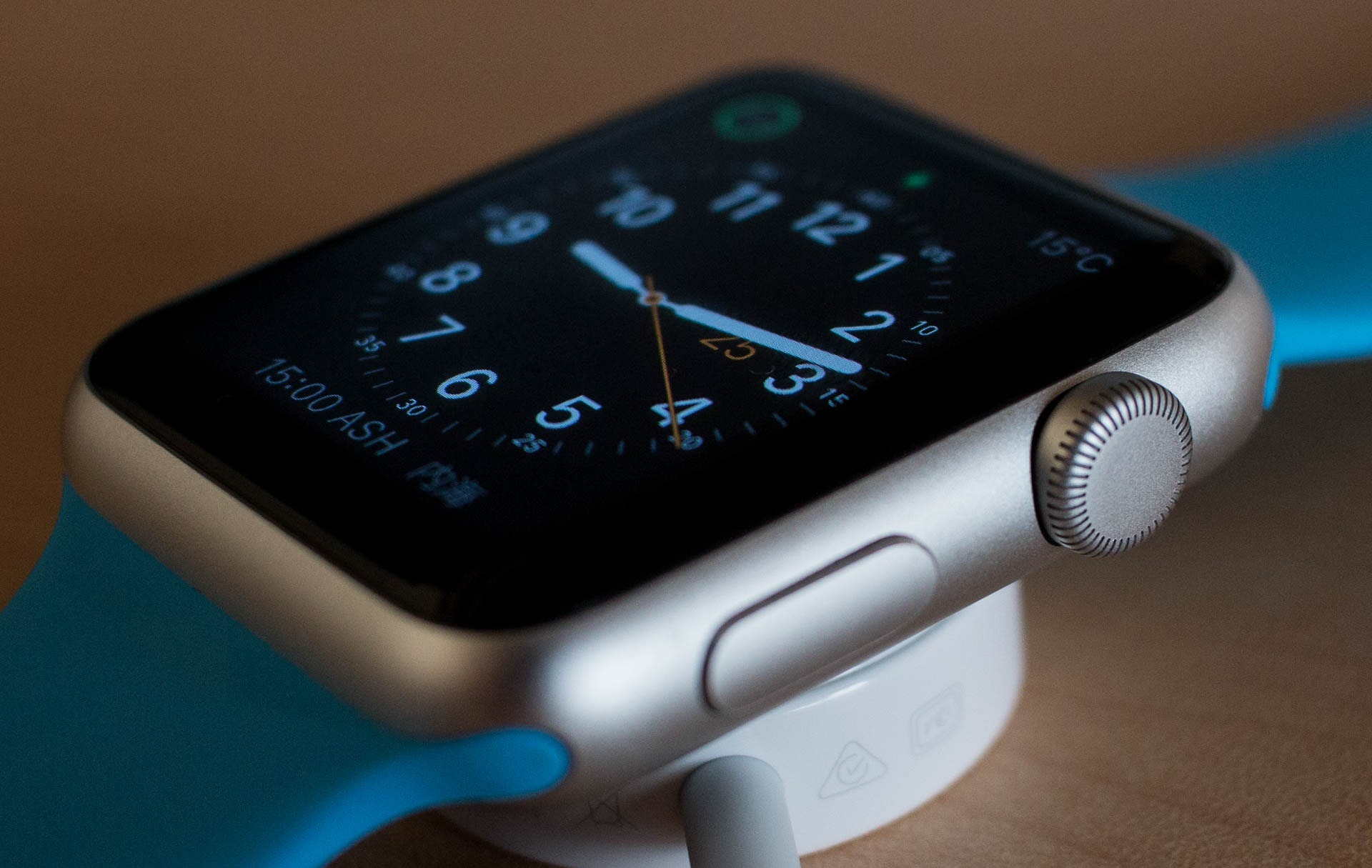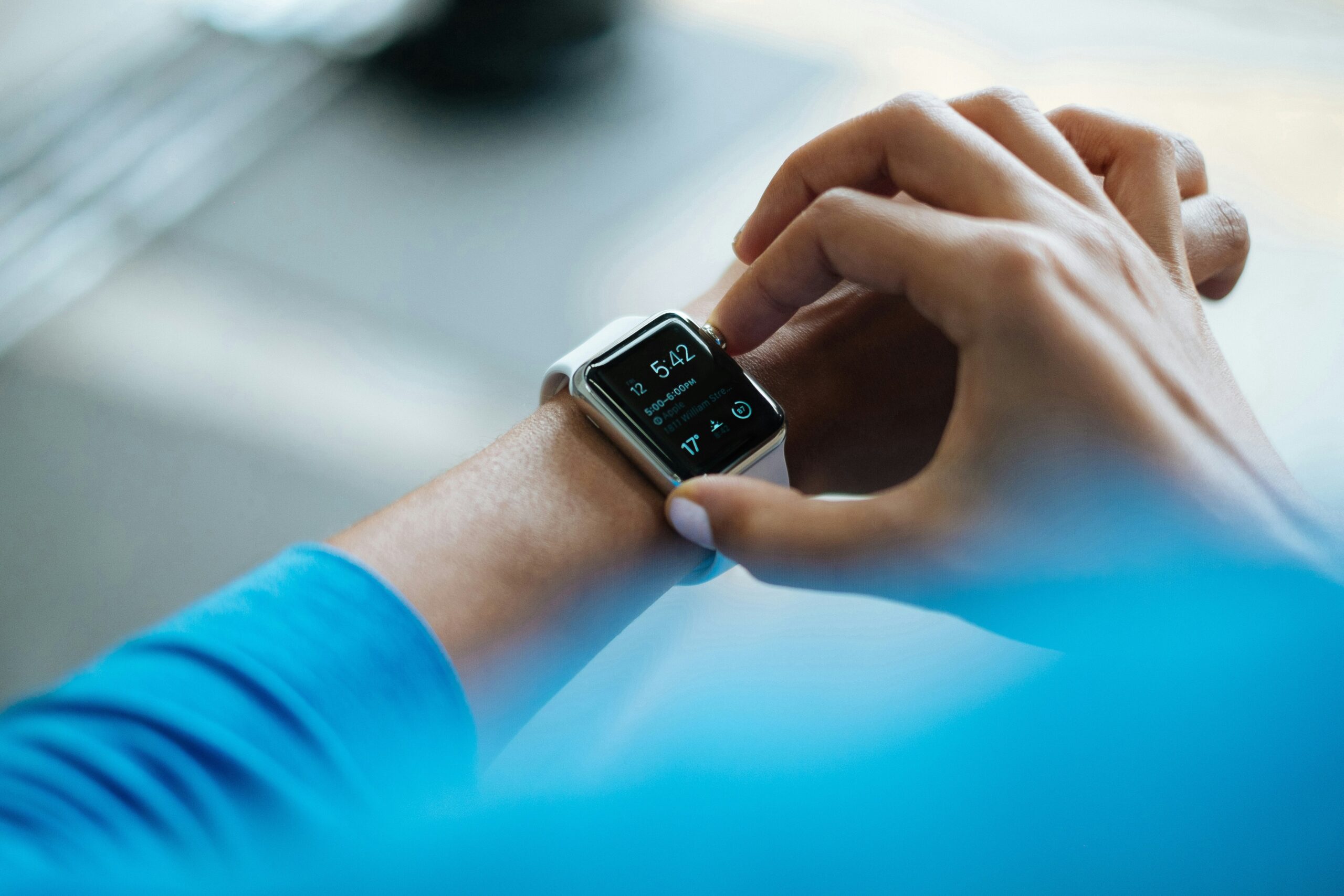The typical lifespan of an Apple Watch is about 3 to 5 years, depending on your use and care.
In this article, we’ll learn how long every Apple Watch model will be supported, explore the factors determining its lifespan, provide tips to prolong it, and also know when it’s time to upgrade.
Table of contents
Is my Apple Watch still supported?
Apple typically supports watches for 3-5 years after their release. We’ll use a conservative estimate of 4 years to determine “Still Supported” status, which means receiving major watchOS updates, not just minor bug fixes. Recent models might still be supported even if released more than four years ago.
| Model | Release year | Still supported? | Max OS compatibility |
|---|---|---|---|
| Apple Watch (Original) | 2015 | No | watchOS 4 |
| Apple Watch Series 1 | 2016 | No | watchOS 6 |
| Apple Watch Series 2 | 2016 | No | watchOS 6 |
| Apple Watch Series 3 | 2017 | No | watchOS 8 |
| Apple Watch Series 4 | 2018 | No | watchOS 10 |
| Apple Watch Series 5 | 2019 | No | watchOS 10 |
| Apple Watch SE (1st gen) | 2020 | No | watchOS 10 |
| Apple Watch Series 6 | 2020 | Yes – Until 2025? | watchOS 11 |
| Apple Watch Series 7 | 2021 | Yes – Until 2025 | watchOS 11 |
| Apple Watch Series 8 | 2022 | Yes – Until 2026 | watchOS 11 |
| Apple Watch SE (2nd gen) | 2022 | Yes – Until 2026 | watchOS 11 |
| Apple Watch Ultra | 2022 | Yes – Until 2026 | watchOS 11 |
| Apple Watch Ultra 2 | 2023 | Yes – Until 2027 | watchOS 11 |
| Apple Watch Series 9 | 2023 | Yes – Until 2027 | watchOS 11 |
| Apple Watch Series 10 | 2024 | Yes – Until 2028 | watchOS 11 |
It’s worth noting that Apple is still releasing watchOS security updates for older models.
👉 Related: How Long Does Apple Support iPhones?
3 key factors determining the lifespan of an Apple Watch
When assessing the longevity of an Apple Watch, three crucial factors come into play:
1. Software support
Apple consistently releases new watchOS versions packed with features, security updates, and app compatibility enhancements. Typically, Apple Watches receive these updates for approximately 3-5 years after their release. Once a model stops receiving updates, it becomes susceptible to security risks, might lose compatibility with newer apps, and won’t benefit from the latest features.
👉 Related: Fitbit vs. Apple Watch: Which Fitness Tracker Should You Choose?
2. Battery health
Like all rechargeable devices, Apple Watch batteries experience natural degradation over time. Their capacity to hold a charge decreases with each charge cycle. Apple provides battery health information, and you can expect a noticeable decline in performance as the battery ages, especially if you have the Always On Display enabled. You can disable it in Settings > Display & Brightness > Always On.
Also, we recommend turning on Optimized Battery Charging, which learns your charging habits and delays charging past 80% until just before you need it, helping to reduce battery wear over time. You can do it by going to Settings > Battery > Battery Health > Optimized Battery Charging.
3. Physical wear and tear
Everyday use exposes your Apple Watch to potential bumps, scratches, and accidental drops. While Apple Watches are designed to be durable, significant screen damage or damage to internal components could compromise functionality. Exposure to water (outside of the device’s water resistance rating), dust, and extreme temperatures over 95° F (35° C) can also have a negative impact over time.

Tips to prolong the lifespan of an Apple Watch
While you can’t entirely prevent the factors that influence your Apple Watch’s lifespan, proactive care can make a significant difference. Here’s how to get the most out of your smartwatch:
- Software updates:
- Install watchOS updates promptly: These updates provide essential security patches, performance improvements, and new features.
- Keep an eye on storage: Delete unused apps and clear old data to optimize performance.
- Battery maintenance:
- Enable Low Power Mode: This feature conserves battery by minimizing background activity and features.
- Avoid extreme temperatures: Both extreme heat and cold can negatively impact battery health.
- Follow Apple’s charging guidelines: Charge your Apple Watch regularly and aim to keep the battery level between 20% and 80% for optimal longevity.
- Physical protection:
- Use a screen protector: This helps prevent scratches and cracks on the display.
- Consider a case: A sturdy case can absorb impact from drops or bumps.
- Clean it regularly: Use a microfiber cloth and follow Apple’s cleaning guidelines.
When is it time to upgrade your Apple Watch?
While it’s natural for your Apple Watch to show signs of age after a few years, it doesn’t always mean you have to get the latest model. If you notice significant performance lag, drastically reduced battery life, or missed features vital to your needs, it might be time for an upgrade.
If you’re looking for a more budget-friendly option, you can consider a refurbished Apple Watch from RefurbMe. Refurbished models offer substantial discounts compared to brand-new devices, all while being thoroughly tested and backed by warranties from reputable sellers. Their functionality is the same!
Browse refurbished Apple Watches on RefurbMe in real time below. 👇
👉 Learn more: 5 Best Places To Buy a Refurbished Apple Watch
Happy shopping! 🛍️









